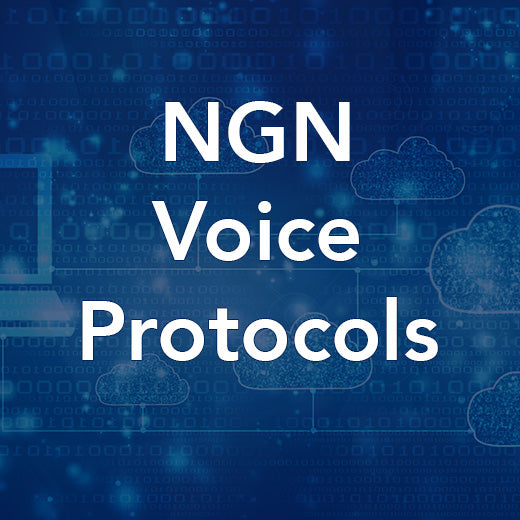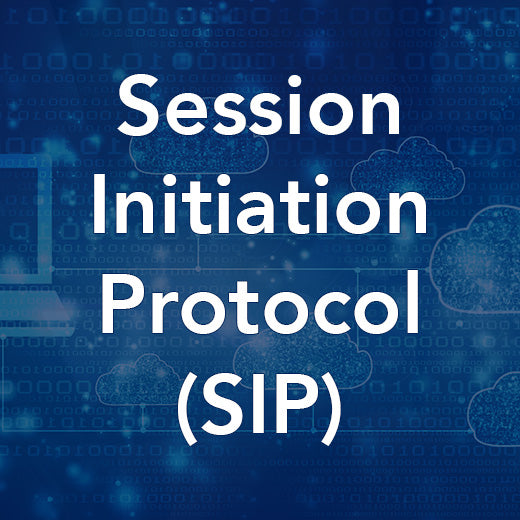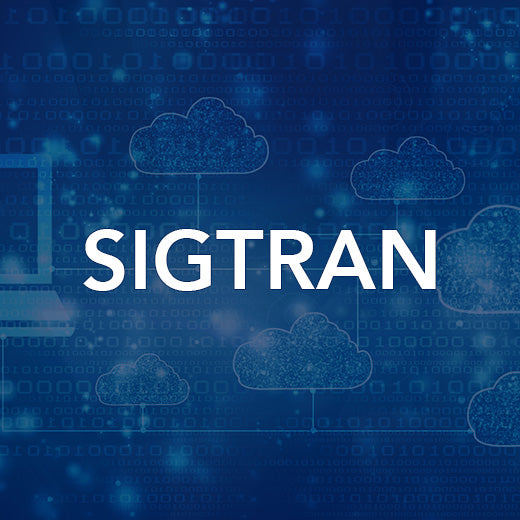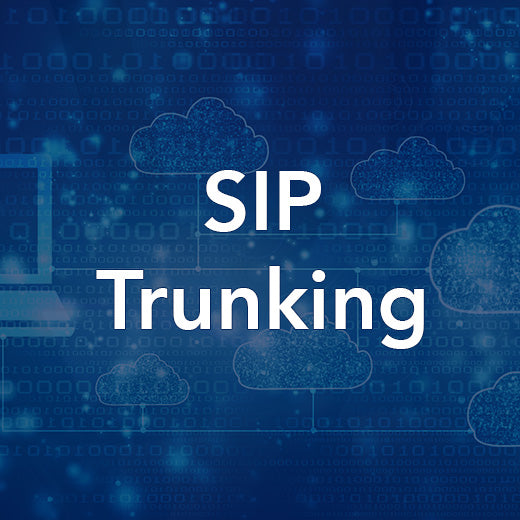Professional users in public safety, PPDR, transportation, utilities and industry must rely on efficient radio systems to provide wireless communication for support of their daily operation. Implemented radio technology, network design and user requirements must be carefully matched against each other. A solid understanding of users’ requirements and the possibilities and limitations of technologies is therefore essential.
This course discusses issues which need to be considered when a radio system for critical communications shall be introduced or existing systems shall be replaced: Is it better to use services from an existing operator or to build and operate a dedicated network? Which deployment concept should be selected? How to define coverage and capacity? Which technology can provide the required services? These and other questions related to the design and introduction of RF networks for critical communications will be discussed. Starting with specific requirements, the course introduces services specific to critical communications, explains typical planning approaches and highlights possible implementation scenarios. A comparison of recent and upcoming radio technologies like TETRA, DMR, LTE as well as 5G for broadband applications completes the training.
Course Objectives
After completing the course, delegates will understand users’ requirements and limitations of current radio technologies like TETRA, DMR, LTE, 5G etc. They will know the technical and economic constraints of radio systems for critical communications and will be able to realistically assess the promises of system vendors and service providers.
Intended for
This course is intended for those who have basic knowledge in radio communication systems, who are interested in technical aspects for critical communications networks and who may be employed in telecoms regulators, organizations for public security and utility and transportation companies.
Contents
Introduction to radio networks for critical communications
Requirements on communication services and applications
Mobile broadband for PPDR
Elements of a radio network for critical communications
Planning and operation of a radio network
Radio systems for critical communications (DMR, TETRA, LTE, 5G)
About LS telcom:
LS telcom is a global leader in technologies and consulting services for efficient radio spectrum use, optimizing spectrum management to ensure reliable, interference-free, and secure radio services. Our portfolio includes consulting, measurement services, and integrated solutions for planning, analysis, monitoring, and managing radio infrastructure.
Serving customers in over 100 countries, including regulatory authorities, network operators, and industries such as transport, utilities, and security, LS telcom operates globally with subsidiaries and offices in locations like Germany, the UK, Canada, India, and the UAE. Headquartered in Lichtenau, Germany, LS telcom AG has been listed on the German Stock Exchange since 2001 (ISIN DE 0005754402).
Read more less





























































